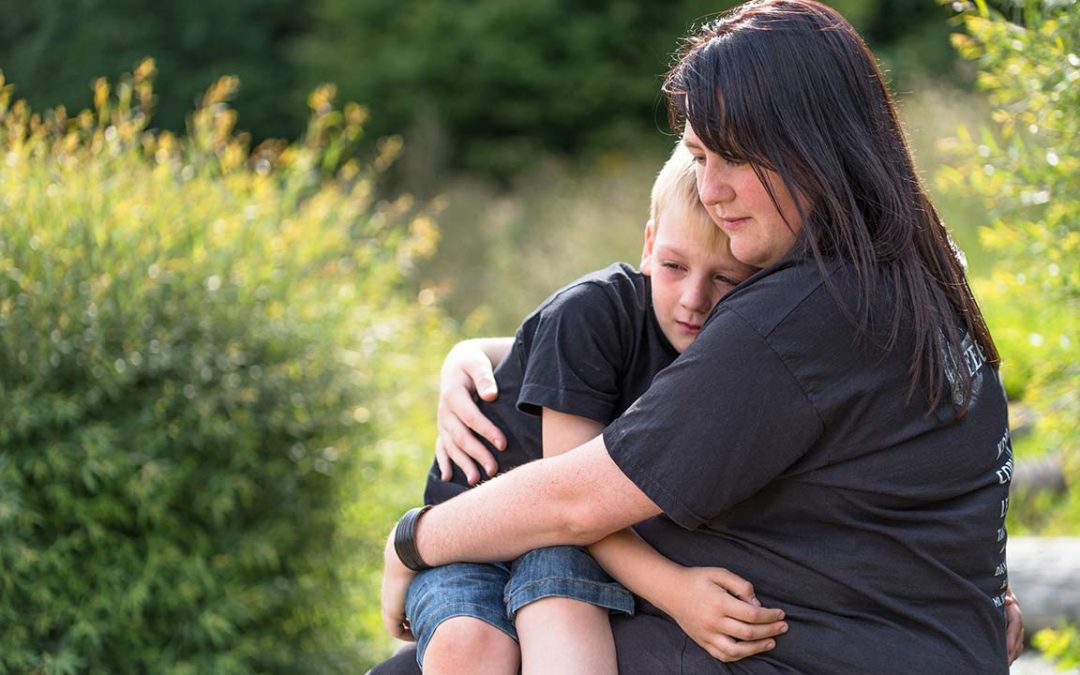So many children suffer from anxiety in different shapes and forms. The first action usually taken is to refer to a counselor and to perhaps partake in medicine and there is nothing wrong with such practice, except perhaps that there is more to consider.
There are different kinds of anxiety. Some have trauma in their origin and is triggered by experiences that remind the child of this other trauma that had occurred before. Consider the child who has experienced multiple meltdowns in his past. Those were experiences wherein the child felt out of control and this was not a comfortable experience. It stand to reason that when this same child is faced with this possibility, he would become anxious in response to the fear of those meltdowns re-occurring. This in effect, could cause yet another meltdown to occur.
Because the child may be intelligent and coping well, have met all the regular developmental milestones, subtle cues are missed in earlier years and the child’s needs go undetected.
Other anxieties have to with the child’s experiences in her early life. There might have been earlier reasons why she was unable to form an effective attachment bond with her biological mother, causing her not to trust relationships. This hyper-vigilance to other people in her life causes her to go into an anxious overdrive, leading to fight and flight, and a continued cycle of more anxiety.
In other situations there may be strife at home and there is worry about the health, wealth and stability of the family, seriously affecting any feelings of well-being, leading to more anxiety.
But then there is an anxiety that few books talk about. It is related to performance anxiety rooted in developmental delay. Because the child may be intelligent and coping well, have met all the regular developmental milestones, subtle cues are missed in earlier years and the child’s needs go undetected. The child continues the developmental journey, but all through it with consistent edge of anxiety. By the time they are referred to us to check out their development in more detail, most of these children have already been to a counselor and have tried several medications.
Depending on the age the child’s needs are evaluated different profiles may have emerged over the course of time. Nellie may have become a perfectionist as she tries to do everything perfectly, leaving no stone unturned and not feeling good about herself unless she performs perfectly. Johnny was an honor role student all through the elementary years and suddenly started getting failing grades while in middle school. He has come to a point where he has just given up, having worked too hard during his school career and not feeling the rewards of all his effort.
Katie spends hours on her homework as she reads and rereads her work to ensure all is ok before she let’s go of it. Jennifer simply gets to a point where she melts down in frustration at the several different triggers that her homework provides every evening. It has become the most dreaded time for her and her family. Gregory made it through high school, has an above average IQ, and enters college, only to drop out within the first year. These are the most common profiles and can vary over different ages and stages.
The common factor on all is varying degrees of anxiety that continued and persisted through formative years of development and beyond. Every child with persistent anxiety should be checked out for developmental delay, that may be contributing to behavior. Getting to the root cause for the anxiety can change a child’s course for life and is a worthwhile investment. It will be different than treating only the symptoms, but target what is causing these anxiety symptoms to occur in this specific child.
And intervention could be different combinations of therapy aimed at the autonomic, limbic and central nervous system, including working through play or creative experiences. Children generally do not do best verbalizing their thoughts, but they do well expressing themselves through creative play, getting deeper into the subconscious to integrate those bothersome triggers. If we keep trying to understand a child’s anxiety, they will respond with resilience, curiosity and a presence of mind. This would be the child you know was “in there”, beyond the veil.


Recent Comments